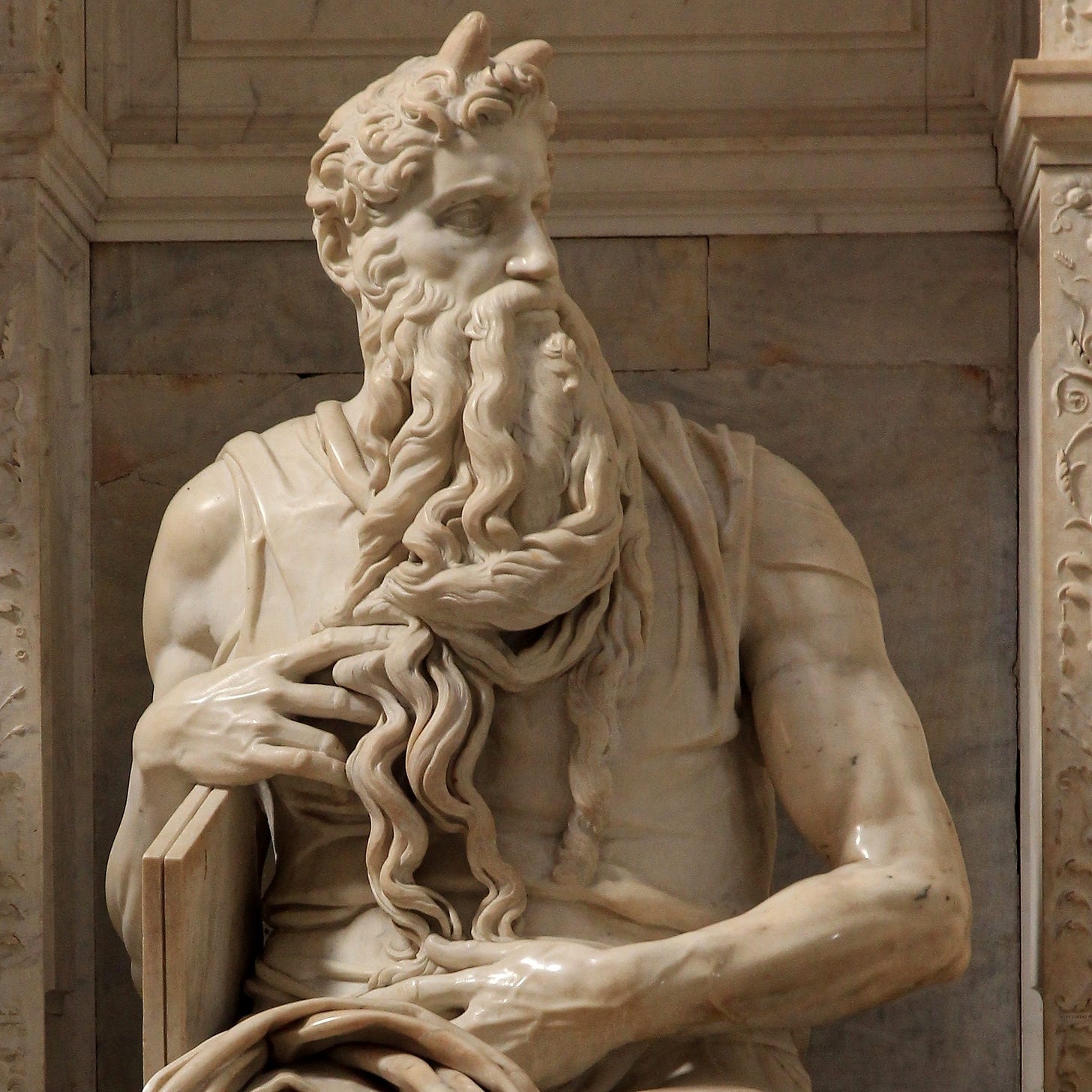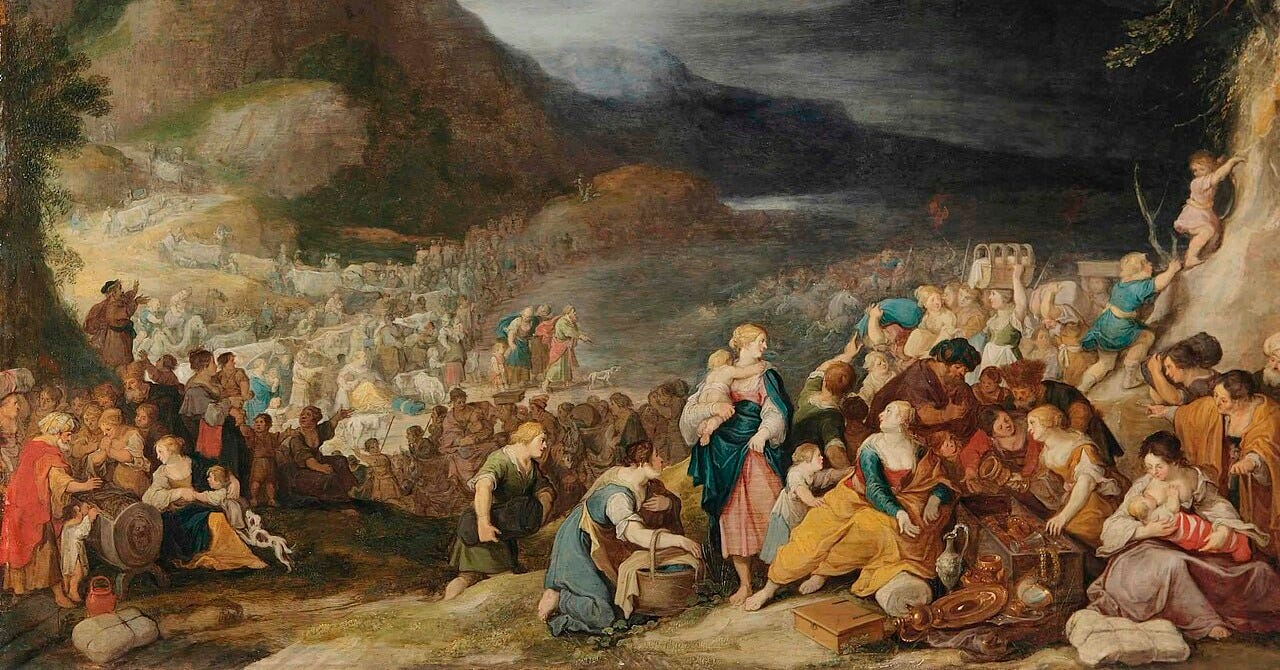How to Read the Bible like the Saints
A practical guide to elevating the soul
“Ignorance of the Scriptures is ignorance of Christ,” teaches St. Jerome. In other words, Christians believe you can come to know the reality of Jesus through the Bible.
But, what if you interpret the Bible incorrectly?
If St. Jerome is right, a misunderstanding of the Bible would distort your understanding of Christ. Christians warn you are always in danger of doing this—of creating a Jesus in your own image and not receiving the Jesus given to you.
To know Jesus, you must know how to read the Bible—not in any new, creative way but in an ancient way, a way rooted in the Early Church and tested by the medievals.
If you think reading the Bible is dry and dull, here is your path to seeing the Scriptures as a dynamic guide to your life—a guide alive with meaning and relevance.
Reminder: you can support our mission and get all our members-only content for just a few dollars per month:
New, full-length articles every Tuesday and Friday
The entire archive of members-only essays
Access to our paid subscriber chat room
How to Read the Bible like Dante
In the 1300s, the Italian poet Dante Alighieri wrote a letter to his patron, Lord Cangrande della Scala, regarding how one should read his Divine Comedy—the three-part epic poem of Dante the Pilgrim’s journey through hell, purgatory, and heaven. His answer was simple: you read the Comedy the same way you read the Bible.
But how should you read the Bible? Dante pulls from a rich, longstanding tradition going back to the Early Church Fathers and extending into his own time with St. Thomas Aquinas (ST.I.1.10). In other words, Dante is not inventing a way to read Scripture, he’s articulating a rich tradition.
He explains there are four senses within Scripture: literal, allegorical, moral, and anagogical. These four senses allow the Bible to blossom into a rich, pedagogical text in which both the simplest man and the wisest can benefit—a better understanding of the Bible leads to a better understanding of Jesus. And a better understanding of the Bible requires that you know how to read it.
Few things will benefit your spiritual life like putting this into practice.
The Literal Sense
Like the foundation of a home, a slanted literal sense will distort the greater spiritual senses built upon it. In other words, Christians hold that the literal sense is the foundation upon which the edifice of the spiritual is built—a mistake in the literal can lead to a poor spiritual understanding.
The literal is historic, intended meaning of the author.
Dante gives you a simple example: “When Israel went out of Egypt.” He observes in his letter to Cangrande, “If we look at it from the letter alone it means to us the exit of the Children of Israel from Egypt at the time of Moses.” The literal is simply the intended, historical meaning of a text—including the genre.
To secure a solid grasp of the literal, Christians would recommend solid biblical commentaries and translations that add historical context while respecting the Bible as the inspired word of God.
The Allegorical Sense
The allegorical sense is the first of the three spiritual senses. In the allegorical sense, Dante teaches that the verse about Israel exiting Egypt “means for us our redemption done by Christ.”
But what does the exodus of Israel have to do with Christ?
Christians would say a lot. In the allegorical sense, you are always looking for types or signs of how one thing in Scripture signifies another—the study of these types is called typology. For example, Christians would see Israel in bondage to Egypt as a type of humanity in bondage to sin. Here, Moses would be a type of Christ—he leads the People of God out of Egypt to the Promised Land, as Christ leads humanity out from sin and into salvation. Moses serves as a sign pointing forward to the reality of Christ.
Once you see the allegorical nature of the Bible, it only continues to become richer and more profound. Christians would note that as Israel had to cross the Red Sea to be saved from the Egyptians, so too do Christians have to be baptized to be saved from sin. In their journey to the Promised Land, Israel is given bread from heaven, and in the Christian’s pilgrimage through this life he or she is given Holy Communion, the Bread of Life (John 6:35).
Note that this allegorical sense that compares types is how Jesus often interpreted Scripture: He sees Himself as a sign or type perfecting mana (John 6:31-35), Jonah (Matt 12:38-41), the bronze serpent (John 3:14-15), the Passover lamb (John 1:29, 19:36), the Temple (John 2:19-21), and more!
The allegorical gives you a fundamental, core principle to understanding Scripture: the Old Testament foreshadows the New, and the New Testament perfects the Old. It is a powerful dynamic between the Testaments expressed in signs and images that interrelate to weave one beautiful story—and Christians would hold it is a tremendous testimony to divine authorship, i.e., that God inspired all the human writers and wove together a narrative that even they did not see at the time.
But… Christians would warn the allegorical cannot reduce the Bible to a series of allegorical signs divorced from the literal or from sound doctrine—the signs are not there for reinvention by the human mind but are rather testimonies of the divine one. All allegories must remain true to Christian tradition.
Few things will open your eyes to the beauty of Scripture and its guidance for this life than the allegorical sense of the Bible—and two great examples of biblical allegory are reading the New Testament as a new Genesis and how water is a sign of chaos that informs why Jesus chose fishermen as disciples.
The Moral Sense
The moral sense answers the question: how should you act?
In other words, how do the lessons of the literal and the allegorical apply to your life? As an example, Dante presents Israel leaving Egypt as “the conversion of the soul from the struggle and misery of sin to the status of grace.” If Israel leaving the bondage of Egypt is like humanity being delivered by Christ, then how can you work to leave the bondage of sin and enter into grace? How can this story inspire you to pursue holiness?
St. Thomas says the moral sense focuses on “things done in Christ,” and “what we ought to do.” Notice, however, that the moral comes after the allegorical sense, as the allegorical tills the soil to produce further opportunities for moral lessons.
In other words, Christians warn that readers of the Bible often jump straight to “how does this apply to my life,” but applying the allegorical sense first gives the reader a much broader spread of available moral lessons.
It really is an amazing spiritual path—as the allegorical can help open your soul to new moral dimensions and allow the Bible to unfold into a beautiful guide to your earthly pilgrimage.
The Anagogical Sense
What does anagogical even mean?
It comes from the Greek term meaning “leading,” and it is the sense that Christians see as leading you toward your final end with God. It is the spiritual sense that tries to see everything from the eternal perspective. The moral asks: how should you act? The anagogical asks: what does this teach you about eternal happiness with God in heaven?
Like the moral sense, the anagogical pulls from the allegorical for a richer understanding. For example, Dante notes that the anagogical lesson of Israel leaving Egypt is the final salvation of “the blessed soul from the slavery of this corruption to the freedom of eternal glory.” It is about our final purpose and goal.
Christians teach that the anagogical sense always points you toward your heavenly home—and keeping the end (telos) of life in mind is purifying to the soul. It helps you weigh your priorities and live each day with worth.
Whole New Realities Available
“Ignorance of the Scriptures is ignorance of Christ.” Christians hold the four senses of Holy Scripture are a gift from the tradition that allows you to delve deeper into the mysteries of the Bible; and thus, the mysteries of Jesus Christ.
Those who seek Christ want to receive Christ and not make a Christ in their own image—but Christians warn the latter is a common mistake, even unknowingly.
The literal, allegorical, moral, and anagogical senses are like guideposts leading you upward toward a greater understanding of the reality of Jesus Christ—and helping you to not fall off into error and distortion.
Follow the saints. Read the Bible well. And ascend.
PS
Check out this conversation with Dcn. Garlick and friends on How to Read the Bible like Dante over at Ascend: The Great Books Podcast. Also, if you are unfamiliar with Dante the Poet, check out this Introduction to Dante. Good things are available to those who seek them!
Dcn. Harrison Garlick is a deacon, husband, father, Chancellor, and attorney. He lives in rural Oklahoma with his wife and five children. He is also the host of Ascend: The Great Books Podcast. Follow him on X at Dcn. Garlick or Ascend.





Such a delightful article! Each part is succint yet clear. I enjoyed perusing this a few minutes ago, during a sunny warm afternoon. Thank you.